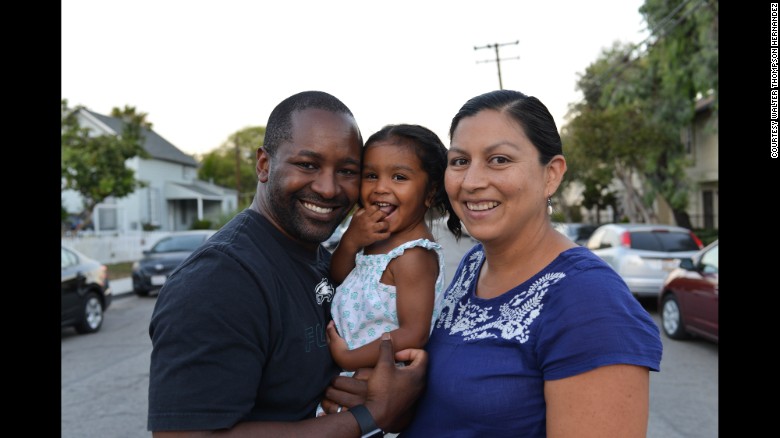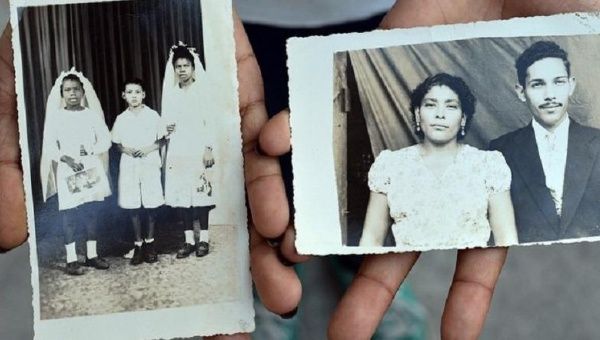In an increasingly multiracial America, identity is a fluid thing
89.3 KPCC: Southern California Public Radio
Pasadena, California
2016-02-16
Leslie Berestein Rojas, Immigration and Emerging Communities Reporter
If there’s any part of town that’s solidly Latino, it’s where Walter Thompson Hernandez grew up, in Huntington Park.
The city, on the southeast fringe of Los Angeles, is 97 percent Latino. Thompson-Hernandez was raised there by his mother, an immigrant from Jalisco, in what he describes as a very Mexican household.
“Quinceaneras, Vicente Fernandez, chilaquiles – those were very prominent fixtures in my upbringing,” said Thompson-Hernandez, now a graduate student researcher at the University of Southern California.
But he was different: “I saw myself as Mexican, but I stood out. I was always the tallest kid, had the curliest hair, the darkest skin,” he said.
His father was African-American, born in Oakland. His parents were estranged when he was very young. His mother always told him about his mixed heritage. But it didn’t really hit him until they moved to Palms, on the Westside.
“When we moved to the Westside, most of my friends were African-American,” Thompson-Hernandez said. “In a way, I sort of longed to identify that part of my heritage. So all my friends were black. I would spend countless hours, sleepovers at their house. So I came into this black identity by experiencing blackness with my friends.”
In his early twenties, he reconnected with his father and his side of the family. It was around that time that he first hear the term “Blaxican,” for black and Mexican. It resonated – and he ran with it…
…This evolving dance with race and identity is a familiar theme for Los Angeles actor and playwright Fanshen Cox. She produces a one-woman show called “One Drop of Love,” which she performs around the country. Her father is a Jamaican immigrant. Her mother is Native American and Danish.
Cox remembers how some black relatives and friends in Washington, D.C. identified her as a child: “In D.C., which is where I was born, I was ‘red bone’ and ‘high yellow.’”
These terms labeled her as a light-skinned black person – and set her at a distance, closer to white, as she describes it. Then her family moved to liberal Cambridge, Massachusetts…
Read the entire article here.





